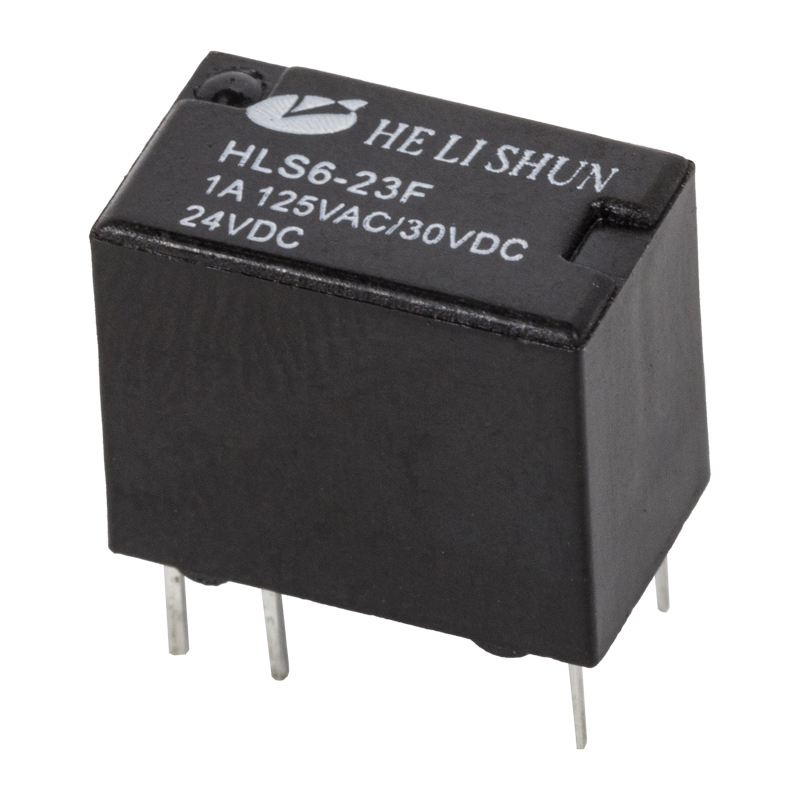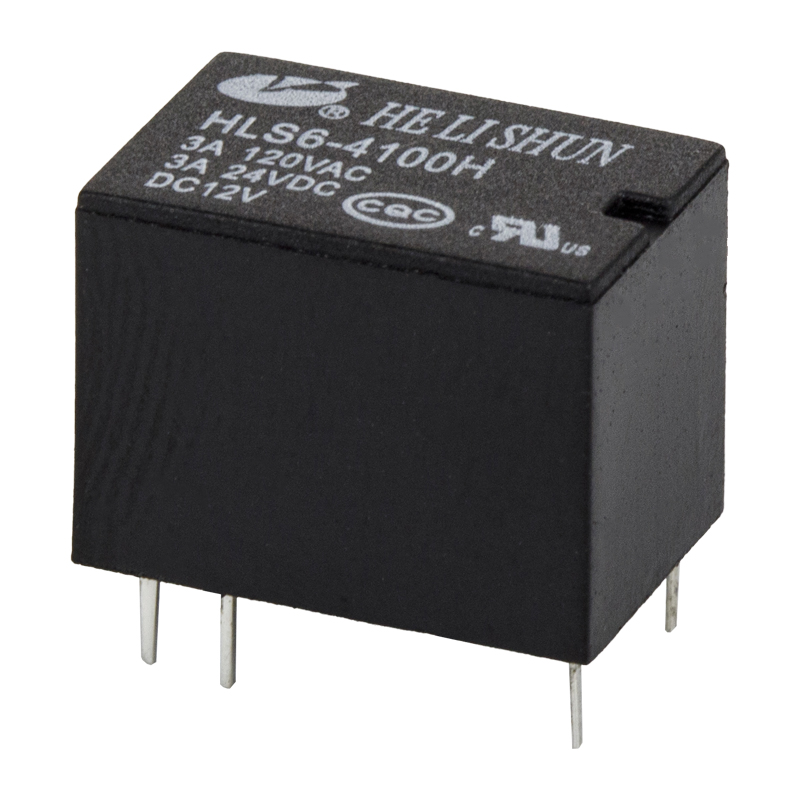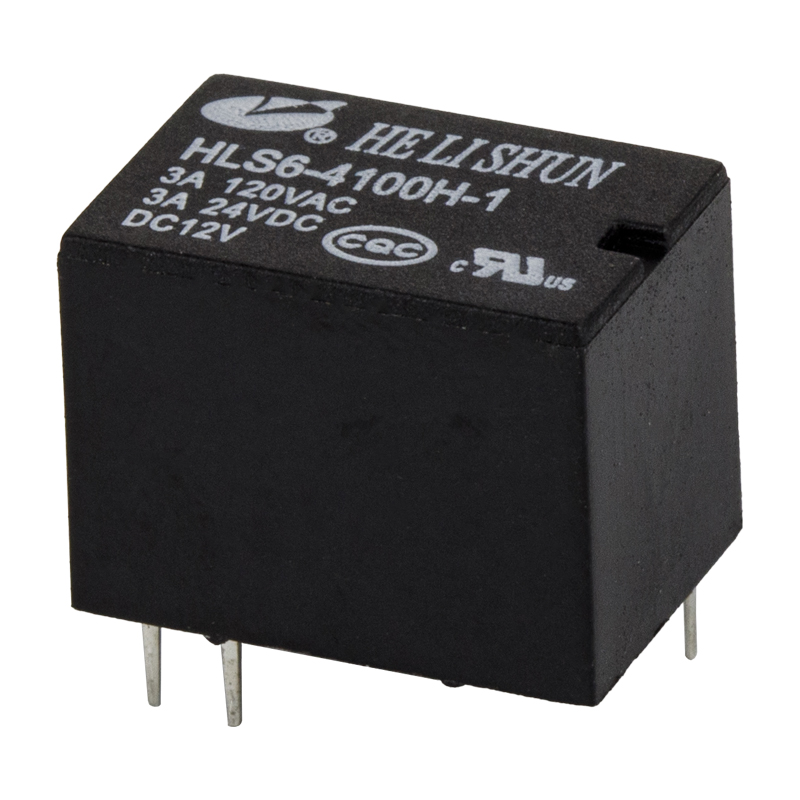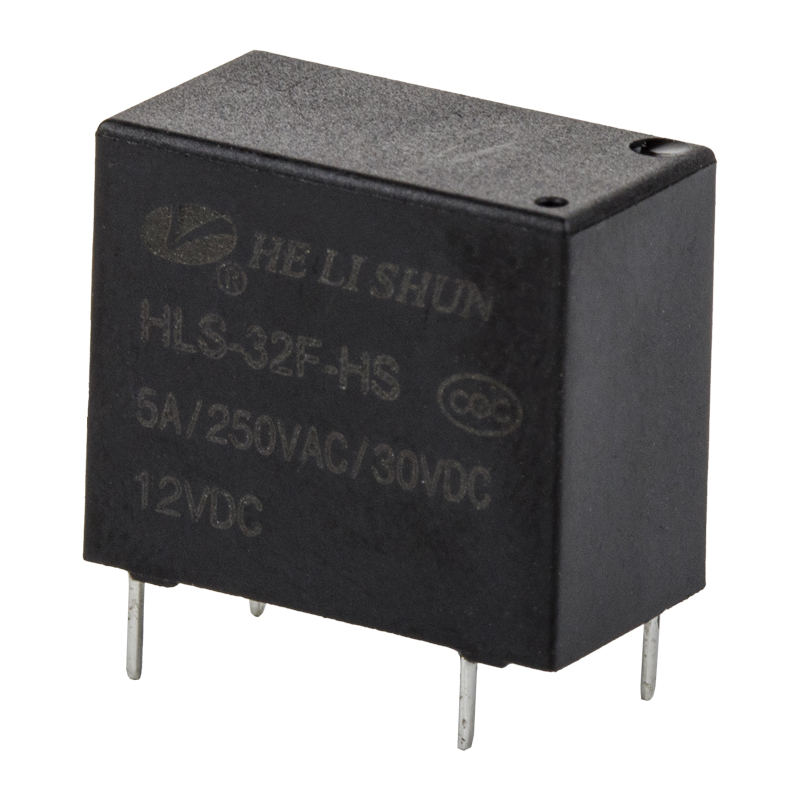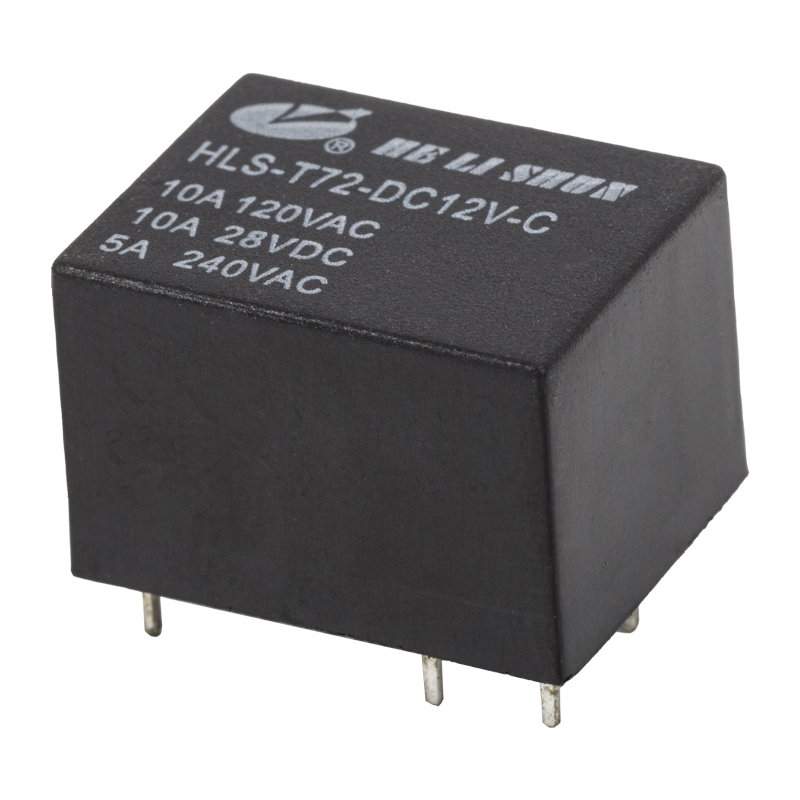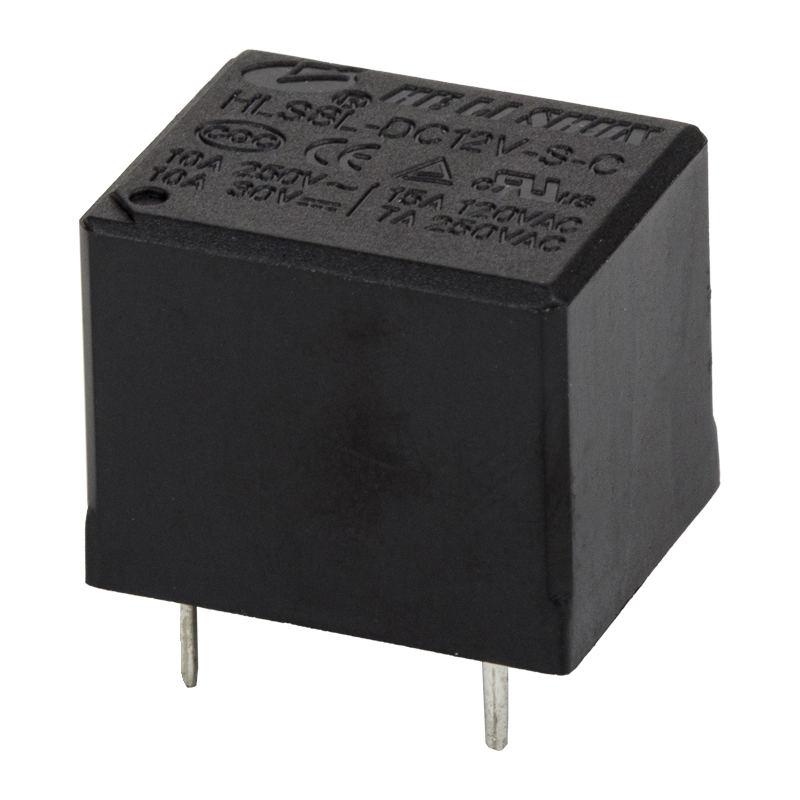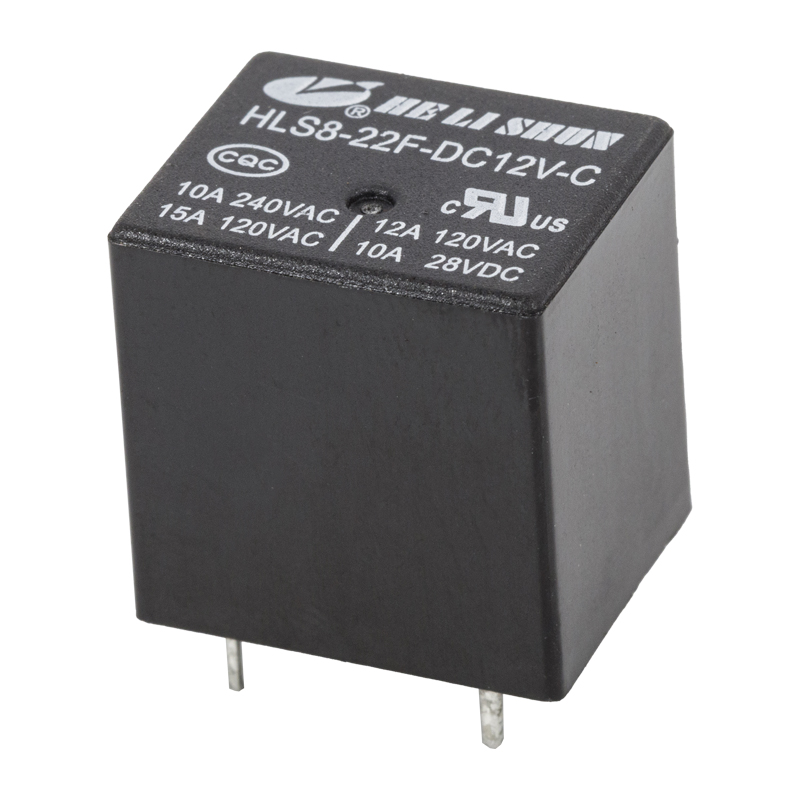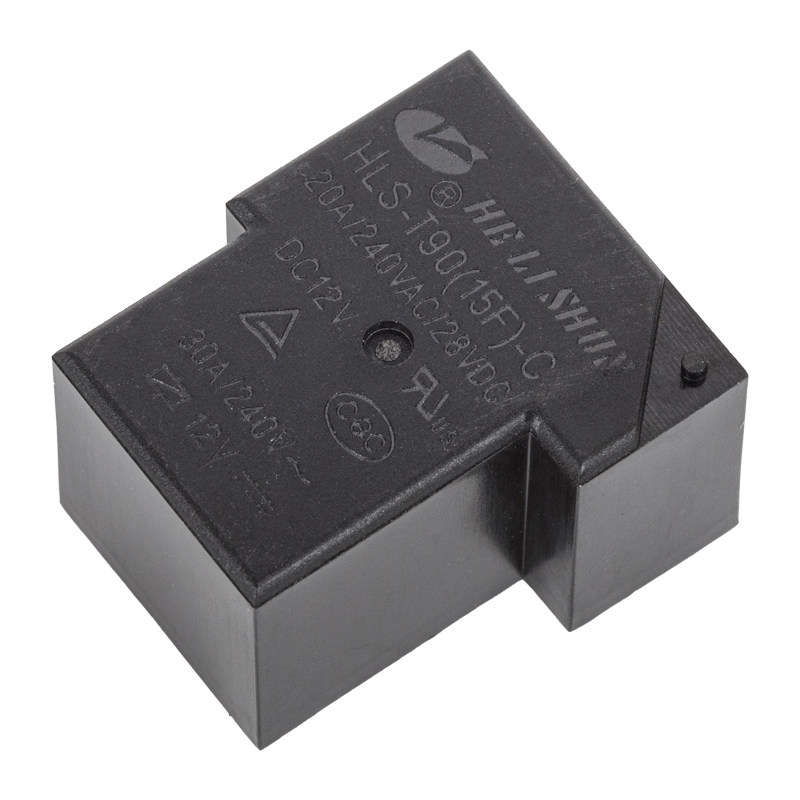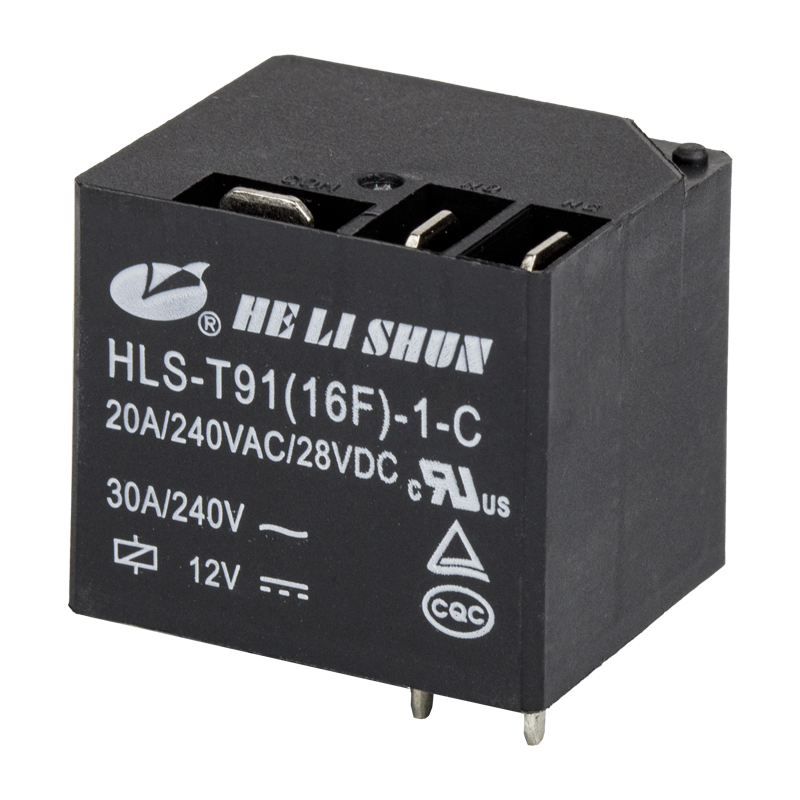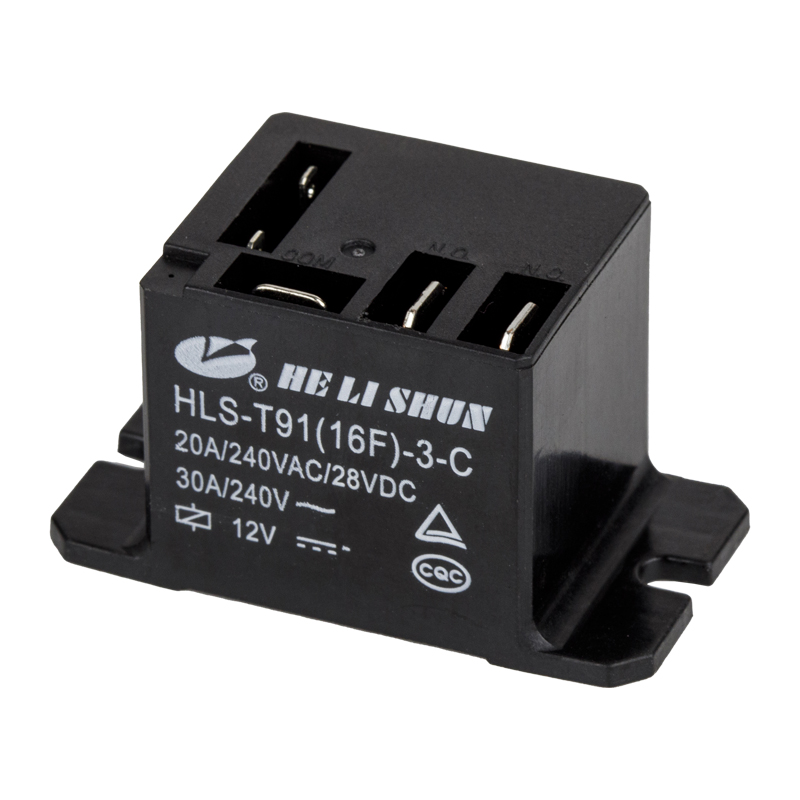Telecommunication relay services are a critical link between hearing and speech impaired people. They allow deaf and hearing people to communicate with any phone user. Whether a person needs a voice-to-voice, voice-to-text, or text-to-voice service, these services are available.The telecom relay services market is segmented on the basis of technology, region, type, application, and end-user.
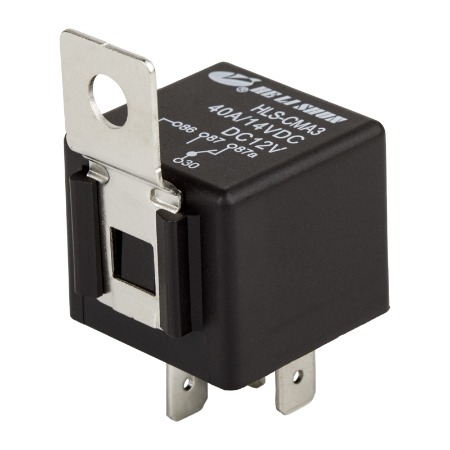
A telecommunication relay service is an operator service that places calls to a standard telephone user through the use of an assistive device. Such devices include the TTY, the Dialpad, and a captioned telephone. Depending on the type of call, a relay center relays the call back and forth between the parties.These services are offered to a wide variety of consumers. Typically, a relay center is used to relay messages between hearing-impaired customers with a TDD, or Telecommunication Devices for the Deaf.
However, a relay service can also provide communication between hearing and non-TTY users. For example, the TTY enables a deaf or hard-of-hearing individual to send text messages and to receive messages from a voice user.Another common form of telecommunication relay service is a text-to-voice service, wherein a person with a disability can type a call using a teletypewriter, and then a communications assistant reads the text on a display screen. In addition, a person with a disability can also speak directly to another party by using the MMX (Multimedia Messaging Exchange) platform. This service has been in use around the world since 2001.




 English
English 中文简体
中文简体
